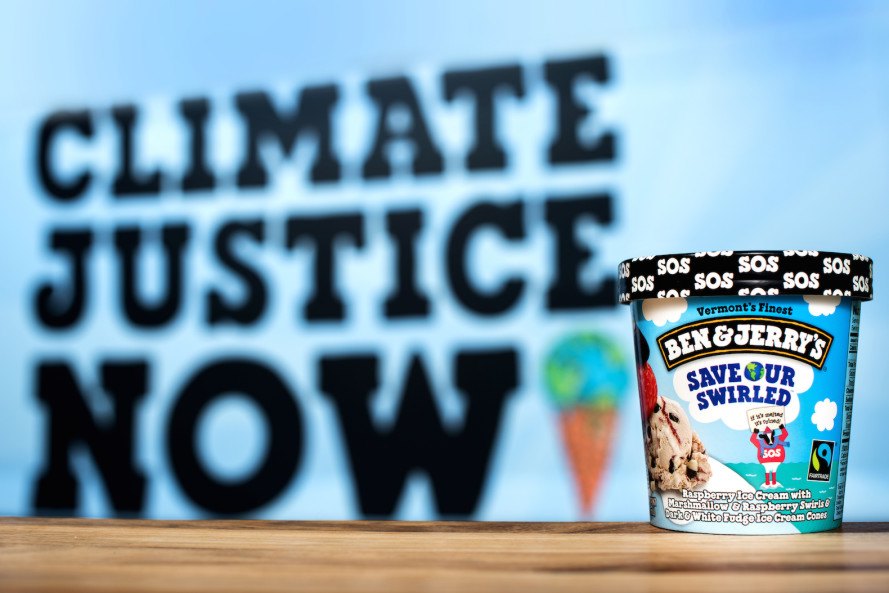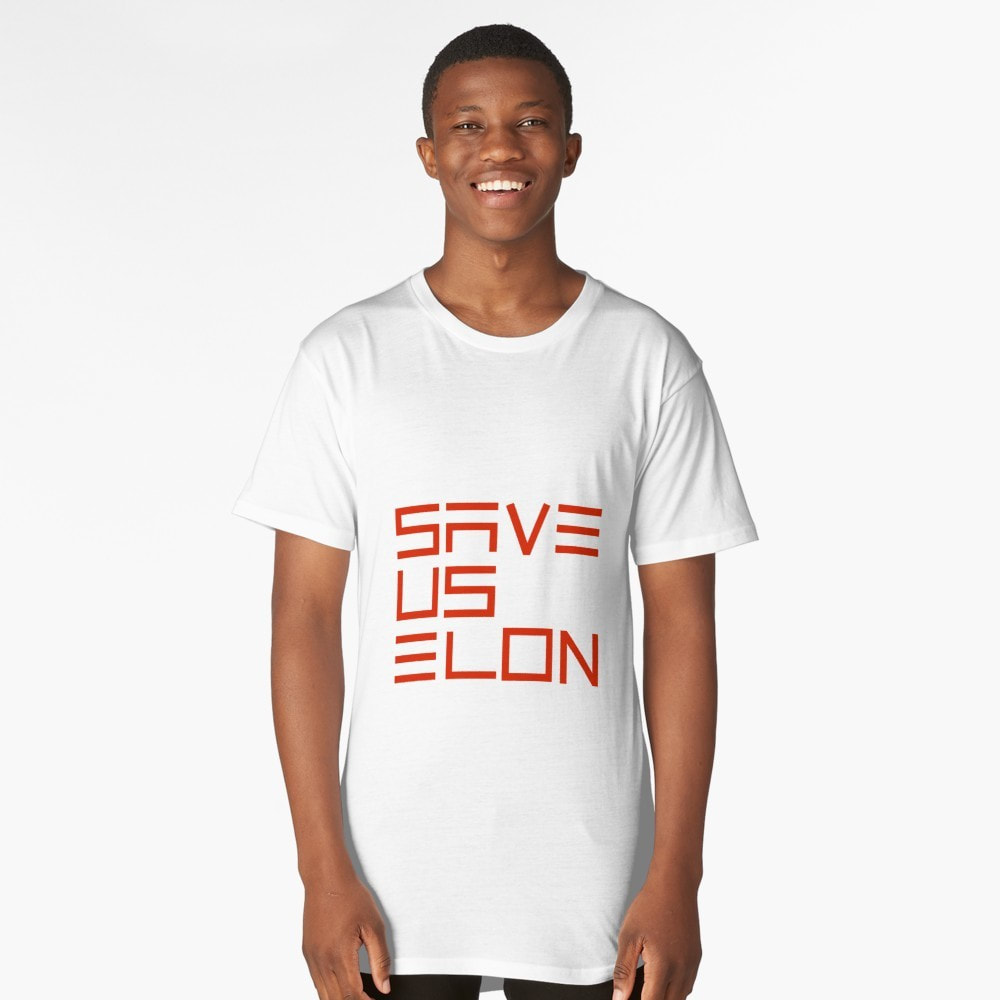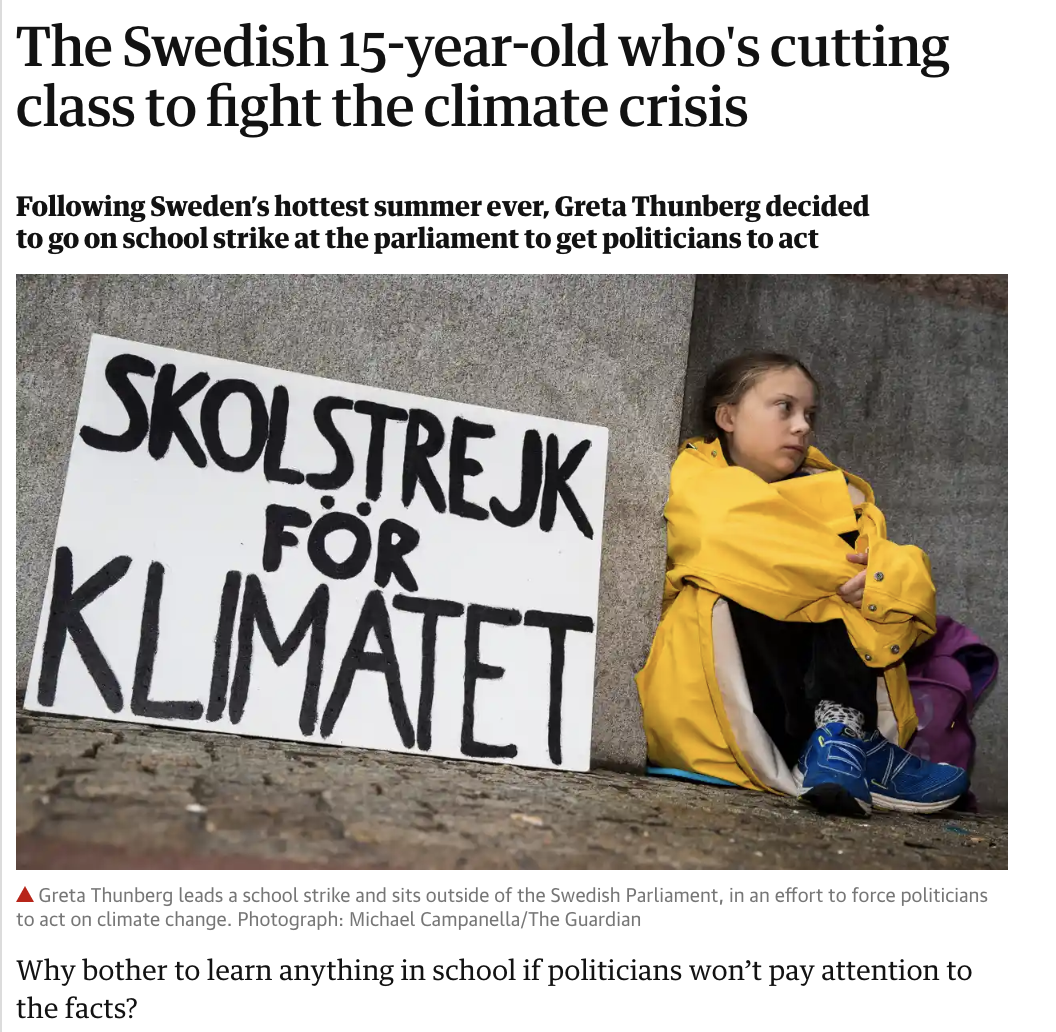-
MYP
- Home
-
IGCSE
- Course information
-
Physical: Hazardous environments
>
- Distribution of tectonic hazards
- Causes of tsunami
- Measuring earthquakes
- Earthquake case study 1: Haiti
- Earthquake case study 2: Christchurch
- Why do earthquakes do more damage in LICs than in HICs?
- How are volcanic eruptions measured?
- Tropical storms - distribution
- Causes of tropical cyclones
- Tropical cyclones - case study
- Why live in hazardous areas?
-
River Environments
>
- Hydrological cycle
- River basins
- Factors affecting river regimes
- Fluvial processes: erosion
- Fluvial processes: weathering and mass movement
- Fluvial processes: transportation and depositon
- River features and their formation
- How rivers change from source to mouth
- Uses of water
- Water pollution
- Water supply
-
IBDP
-
Changing population
>
- Global patterns of economic development
- Physical and human factors affecting global population distribution
- Case study 1: China
- Case study 2: Niger
- Demographic transition
- Megacity growth
- Forced migration and internal displacement
- Ageing populations
- Pro-natalist and anti-natalist policies
- Gender equality policies
- Trafficking policies
- The Demographic Dividend
-
Global climate vulnerability and resilience
>
- Atmospheric system
- The energy balance
- Changes in the energy balance
- The enhanced greenhouse effect
- Climate Change and the Hydrosphere, Atmosphere and Biosphere
- Impacts of climate change on people and places
- Disparities in exposure to climate change risk and vulnerability
- Government-led adaptation and mitigation strategies
- Civil society and corporate strategies
-
Global resource consumption and security
>
- Progress towards poverty reduction
- Measuring trends in global consumption
- Global patterns and trends in the availability and consumption of water
- Global patterns and trends in the availability and consumption of land/food
- Global patterns and trends in the availability and consumption of energy
- Water food and energy nexus
- Recycling and waste
- Malthus vs Boserup
- Resource Stewardship strategies
- Sustainable Development Goals
-
Freshwater - drainage basins
>
- The drainage basin as a system
- How rivers change from source to mouth
- River discharge
- River processes
- River landforms
- Factors affecting flood risk
- Attempts at flood prediction
- Flood mitigation
- Flood mitigation case studies
- Water scarcity
- Agricultural activities and water quality
- Pressures on lakes and aquifers
- Internationally shared water and conflict
- Water management: participation of local communities
- Dams as multi-purpose schemes
- Water management: Integrated Drainage Basin Management (IDBM)
- Managing wetlands
-
Leisure, Sport and Tourism
>
- Growth and purpose of leisure time
- Categories of tourism and sport
- Economic development and participation
- Factors affecting personal participation
- Factors affecting growth of tourism hotspots
- Spheres of influencee
- Factors affecting a national sports league
- Festivals
- Niche national tourism strategies
- Role of TNCs
- Tourism as a national development strategy
- International sporting events
- Consequences of unsustainable growth
- Sustainable tourism
- Future international tourism
- Political and cultural influences on sport
- Extended Essay in Geography >
- Skills/concepts >
-
Changing population
>
- Geography and ToK
- Theory of Knowledge
Subject Guide
Civil society and corporate strategies to address global climate change
Case study of the response to climate change in one country focusing on the actions of non-governmental stakeholders
Case study of the response to climate change in one country focusing on the actions of non-governmental stakeholders
1. What is meant by civil society and corporate strategies?
Civil Society:
Non-governmental organisations (NGOs):
Corporate:
- Society considered as a community of citizens linked by common interests and collective activity. (OED)
- Civil society is the “third sector” of society, along with government and business. It comprises civil society organizations and non-governmental organizations. (United Nations)
Non-governmental organisations (NGOs):
- A non-profit organization that operates independently of any government, typically one whose purpose is to address a social or political issue.A non-governmental organization (NGO) is any non-profit, voluntary citizens' group which is organized on a local, national or international level. (ngo.org)
- A non-profit organization that operates independently of any government, typically one whose purpose is to address a social or political issue. (OED)
Corporate:
- Relating to a large company or group.(OED)
2. A case for optimism?
Watch the TED Talk below and respond to the questions.
| al_gore_-_the_case_for_optimism_on_climate_change.docx | |
| File Size: | 7 kb |
| File Type: | docx |
- What % of our energy still depends on carbon based fuels? How much extra heat energy is being trapped each day?
- Describe what has happened to the “normal distribution” of temperatures using data from the clip.
- What is happening to ocean temperatures and what impact has this had?
- What has happened to global levels of humidity and why? What effect does this have?
- How have predictions on the development of wind power been wrong?
- What progress has been made in use of energy storage?
- How were predictions on use of solar wrong?
- How have investments in renewable/clean energies from business (corporate) sources grown?
- How does this compare to previous projections (eg cell phones)? What were the reasons for this? What was the role of LICs? How might this be applicable to energy?
- What evidence is there of individual nations taking action?
- Why do the actions of individuals have importance?
- What is the relevance of the story about Kennedy’s challenge to the US to go to the moon and the average age of the team who worked on this?
- Why is this regarded as a moral challenge?
3. Corporate response
1. Explain three reasons that some people, businesses and governments do not see climate change as a priority.
2. Describe four areas of risk that climate change could bring to companies (p227)
3. Now describe four responses that some companies are making to the risks of climate change (p227)
4. Read the article from The Guardian below and answer the following questions:
- Who is involved?
- Which companies are involved?
- What is the plan?
- Why are businesses interested in this?
6. Watch the video and examine the weblinks on Tesla.
- What products does Tesla produce which are designed to combat climate change?
- What is Tesla’s vision?
- How did Tesla use the profits from their first generation of very expensive cars?
- Why was Elon Musk’s decision to open source all of Tesla’s intellectual property so important?
4. Civil society response in USA
| us_ngos.pdf | |
| File Size: | 135 kb |
| File Type: | |
1. Greenpeace USA |
2. The Climate Mobilization |
3. Green Corps |
4. Rising Tide North America |
Study the links and videos above. For each organisation identify:
- Place - where do they operate? Where did they begin?
- Process - how do they operate? Direct action? Campaigning/advocacy? Explain the ways in which they respond to climate change
- Power - who are the people who run the organisation? What motivates them? Who makes the decisions? To what extent do they challenge government, business or NGOs?
- Possibility - what are they aiming to achieve? What are the possible outcomes?
And finally...
Read the article below:
- Summarise the key points.
- Why can it be argued that opening borders is a fair and just response to climate change?
- Why might some people and politicians object to this strategy?
- What is your view?


